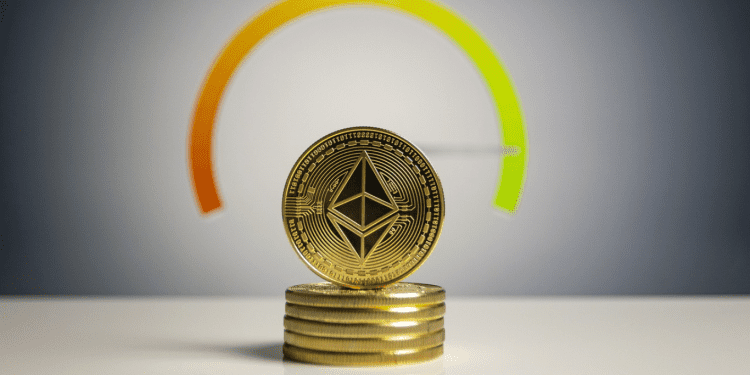It is no secret that central banks are hardly even considered a severe option when “putting your money to work”. Many are offering diminishing returns for leaving the money with them over the last few years, and investors are looking into other ventures with higher returns.
One such opportunity is Decentralized Finance, where investors can earn much higher returns than traditional investing. However, it does come with a few risks. Today we will look at Yield Farming and the best (or safest) available options.
Before we continue, this is not financial advice. It is more for educational purposes. Many of the methods we will discuss could be considered high-risk-high-reward investments. Always do your research.
In essence, Yield Farming is a process where you try to maximize your returns on investment by utilizing different DeFi protocols. Yield farmers typically measure their returns in annual percentage yields, or “APY” for short. One can expect a yearly return from 3-7% for low-risk approaches and upwards of 120% for high-risk methods.
These returns can be achieved by deploying your capital into one of the three main categories:
- Staking. This is the easiest, most popular, and most passive form of yield farming. Many coins and tokens on Layer 1 blockchains offer more or less decent rewards if you lock them into their staking pool for a certain period. This method requires little to no technical knowledge as you only need a cryptocurrency wallet (for example, Metamask or Trust Wallet), and you are a few clicks away.
This method is so popular that many major centralized exchanges (such as Binance, KuCoin, Kraken, Coinbase, and Gate-io) offer this service on their platforms. Typically, you can choose to stake your tokens anywhere from 7 to 90 days, with your yield increasing with time locked.
The only risk involved with staking is if the price of the token you invested in is losing its value quicker than the number of tokens you are getting. But if you are investing in a specific cryptocurrency for the long-term and don’t mind the volatility that comes along with it, staking is almost always better than just holding.
- Providing Liquidity. This approach is best represented with an example. Let’s say you have $1000 worth of BNB (BSC’s native token) and $1000 worth of BUSD (BSC’s stablecoin) sitting in your wallet. You can find a liquidity pool on a decentralized exchange (such as PancakeSwap) and temporarily lock your assets into it.
When people trade these two currencies back and forth, you will earn a percentage of trading fees depending on how much Liquidity you provide compared to the pool’s size. It is not uncommon to achieve up to 40% APY by providing Liquidity to specific collections. However, you are running the risk of “Impermanent Loss,” another topic in and of itself. If you want to know more, check out our article on liquidity pools.
- Lending. Many decentralized services (AAVE, Compound, etc.) offer quite enticing rewards (sometimes up to 25% APY) if you deposit your assets into their protocol, where they lend them to others.














